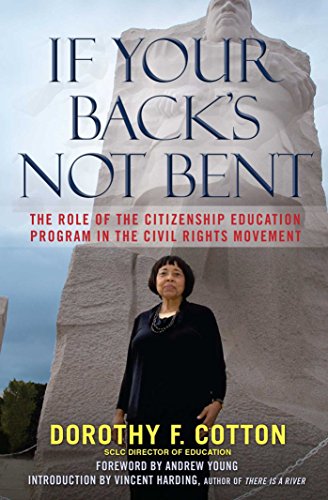Civic leaders who organize their key stakeholders to govern in the interest of the common good must first begin with civic imagination. This is a core concept in civic organizing that is owned and taught by all civic leaders who are building a base of active citizens: every decision you make in every place of your life impacts those who matter most to you and those who may matter least. Because of this, your decision-making amounts to governance and governance amounts to policymaking. As a member of a civic organizing agency, civic leaders understand that those who matter most and least are inextricably bound in the common good. We therefore must govern within this reality—everyone impacts the common good while pursuing their immediate interest.
So now you are a member of a civic organizing agency. You are expected to advance your understanding and commitment to this reality into your leadership role. As you work with individuals who want what you stand for, start with the below guidelines for Introduction to Civic Organizing. The guidelines are based on a Civic Organizing Educational Track that supports you in organizing others so they can make a choice to take on your obligations. Members of a civic organizing agency would ensure that those who are interested in investing in a civic organizing approach know these expectations:
- Identify a jurisdiction. Participants in Intro to Civic Organizing identify a place (jurisdiction) where they will test a Jurisdiction Civic Policy Document.
Evidence you are seeking: Each participant in the track identifies a jurisdiction in which they already have the authority to lead and to act. - Identify purpose, goals and key stakeholders and relate to the common good. Participants identify the purpose of their jurisdiction and relate this to the public principles that define its value. They also begin to identify goals for their jurisdiction and the key stakeholders needed to achieve those goals, knowing they will go through revision as key stakeholders are organized to contribute. With ownership in goals, participants then learn how to integrate civic organizing into achieving them.
Evidence you are seeking: Participants can identify goals to achieve within one year, can link these to civic principles, and show this link is owned by their key stakeholders. - Teach roles of active citizen and civic leader. All stakeholders in a jurisdiction are citizens who are obligated to govern for the common good. Governing members of a civic organizing agency are civic leaders who organize the means for key stakeholders to meet this obligation. Civic standards govern how these roles are carried out through active citizen’s and civic leader’s practice.
Evidence you are seeking: Participants use 1-1s to negotiate roles, get agreement on the value of active citizenship, and identify with the role of civic leader. Outcomes from the 1-1s track results, accountability and adherence to civic standards. Participants see the value of civic standards for advancing their jurisdictional goals. And they know they will govern their practice within a civic organizing agency if they chose to join (or form their own). - Demonstrate a governing structure. Civic leaders teaching Intro to Civic Organizing structure the learning so it’s an experience in how a civic organizing agency works. This provides participants a way to determine if their interest is in alignment with the obligations (lead organizer criteria) for membership in a civic organizing agency.
Evidence you are seeking:
• A regularly scheduled time and place for governing meetings, agreement on use of civic standards and on the organizing role as the basis for governance.
• A governing document. Includes a mission or purpose statement that reflects a civic organizing identity statement and civic standards for governance.
• A work plan that holds participants accountable for organizing key stakeholders to the purpose and civic standards while achieving goals. (May or may not be a formal civic organizing work plan.)
The governing structure acts as a feedback loop to evaluate/improve the organizing each participant is doing with their stakeholders. Civic organizing disciplines Principled-Driven Calendar, Public Meeting, and Public Evaluation are used and tied to work plan.
• The outcomes document from each governing meeting provides evidence participants are aware of the purpose for Intro to Civic Organizing and can evaluate progress against civic standards and stated purpose. Practice is linked to the role of active citizenship.
5. Contribute to making a case for civic policy making and advancing a Civic Policy Agenda. Evidence you are seeking. The final set of outcomes documents from Intro to Civic Organizing provide evidence that guidelines 1 through 4 above have been met and participants know what they’ve just experienced is a new approach to policymaking called civic policymaking. Finally, a process is provided so that participants can determine if they want to move forward and launch a new civic organizing agency or become a member of an existing one.



